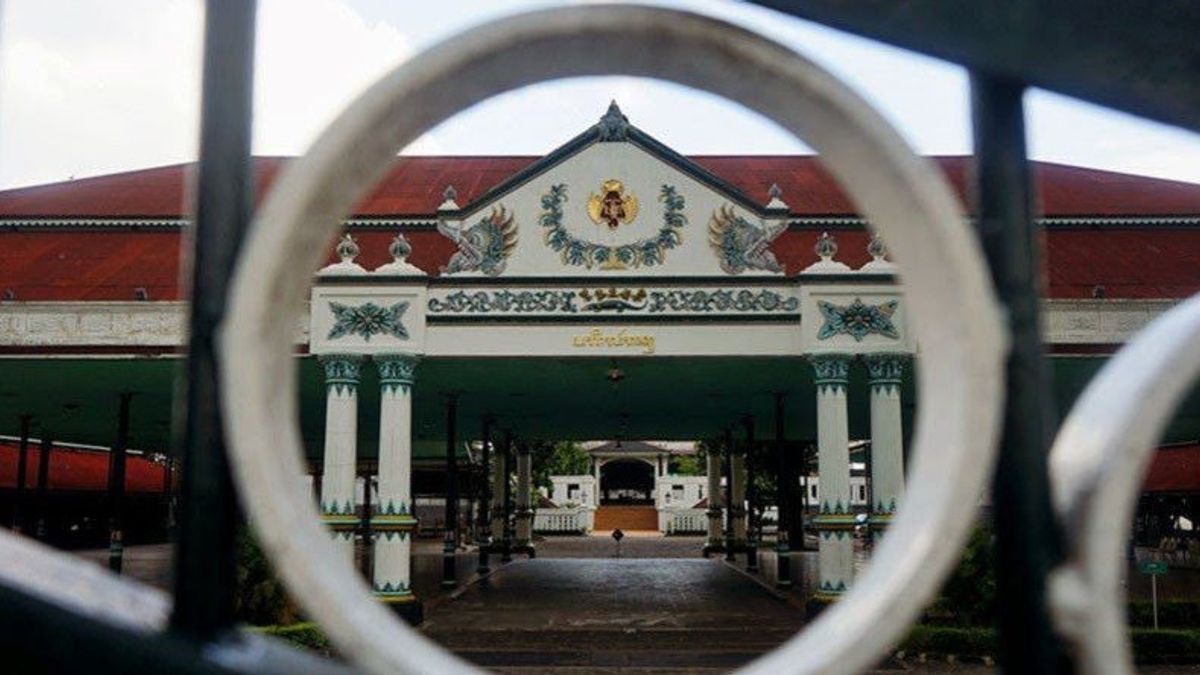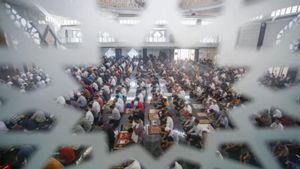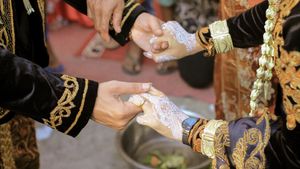YOGYAKARTA Did you know that the Sultanate of Ngayogyakarta or the Jogja Palace and the Surakarta or Solo Palace have the same origin of descent? The two palaces came from the Mataram Kingdom of Islam. Through the Giyanti Agreement which was signed on February 13, 1975, the Mataram Kingdom of Islam was divided into two, namely the Sultanate of Yogyakarta and Kasunanan Surakarta. So, what is the difference between the Yogyakarta Palace and the Solo Palace?
As mentioned above, the Yogyakarta palace and the Solo Palace have the same descent origin. However, there is a striking difference between the two palaces, including:
Quoted from the official Kraton Jogja website, on February 15, 2023 or two days after the Giyanti Agreement, the Jatisari Agreement was implemented.
The agreement also discusses the differences between the two palaces, such as identity of dress procedures, customs, language, gamelan, traditional, and so on.
In the Jatisari Agreement, if it is stated that the King of the Sultanate of Ngayogyakarta, namely Sultan Hamengku Buwono I, chose to continue the old traditions and customs of the Islamic Mataram Kingdom.
Meanwhile, Sunan Pakubuwono III, who coached Kasunanan Surakata, chose to create a new form of culture, while still based on the old culture.
After the Giyanti Agreement, the Yogyakarta Palace and the Solo Palace were each led by a king.
The Sultanate of Ngayogyakarta was led by Prince Mangkubumi who then held the Sri Sultan Hamengku Buwono I. Currently, the Yogyakarta Palace is led by Sri Sultan Hamengku Buwono X.
Meanwhile, the Solo Palace is led by Paku Buwono III or Sunan Pakubuwono III. Currently, the Solo Palace is led by Sunan Pakubuwono XII.
The third difference between Kraton Yogyakarta and Kraton Solo is in terms of traditional clothes, for example blank.
Adapted from the Solo City Government website, the blangkon used by the Yogyakarta Palace has the characteristics of mondolan on the back. In terms of motives, the Yogyakarta Palace blangkon uses a modang batik motif, blumbangan, mitir, celengkewegan, jumputan, Sido asih, sdio wirasat or taruntum.
This is different from the Solo Palace blangkon which does not have a mondolan. Batik motifs used to make Solo blangkon include prebon motifs, chivalrous motifs, perbawan motifs, dines motifs, and tempen motifs.
Gamelan is a set of traditional musical instruments that are played by being beaten or added.
Nah, Gamelan di Keraton Yogyakarta berbeda dengan gamelan di Keraton Solo. Gamelan Keraton Yogyakarta memiliki ukuran yang lebih besar dibanding gamelan Keraton Solo.
Although smaller in size, the gamelan carving of the Solo Palace has a more complicated design than the carving on the Yogyakarta Palace Gamelan.
In terms of buildings, the Yogyakarta Palace and the Solo Palace are also different. The Yogyakarta Palace building is idetic with traditional Javanese architectural style.
Meanwhile, most of the Surakarta Palace buildings have white and blue nuances with a Java-Europe mixture architecture.
This is information about the different Yogyakarta Palaces and Solo Palaces. Hopefully this article can add insight to the loyal readers of VOI.ID.
The English, Chinese, Japanese, Arabic, and French versions are automatically generated by the AI. So there may still be inaccuracies in translating, please always see Indonesian as our main language. (system supported by DigitalSiber.id)













